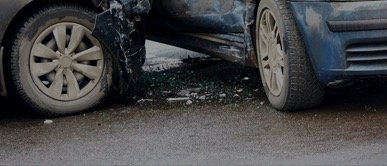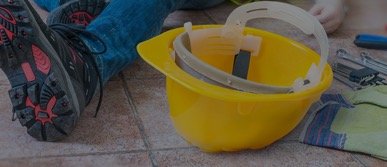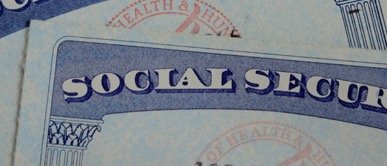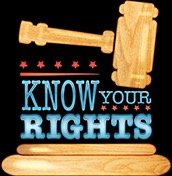Workplace Hearing Loss: The Causes, Characteristics, and “What’s Next?”
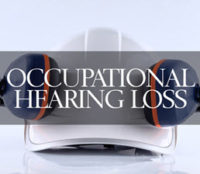
According to the Centers for Disease Control and Prevention, work-related hearing loss is the most common workplace illness, with 22 million suffering from exposure to hazardous decibels in the workplace on an annual basis. Hearing loss is debilitating, and not just because a person has lost one of his or her senses. Work-related hearing loss can be painful, and many sufferers complain of a sharp piercing or jabbing in their inner ear when exposed to any noise above a whisper. If you suffer from workplace hearing loss, or if you suspect that you may be losing your hearing as a result of hazardous sound levels in the workplace, you may have a workers’ compensation claim. The Tampa workers’ compensation attorneys at Barbas, Nuñez, Sanders, Butler & Hovsepian can assess your medical records, work history, and work environment and help you determine if you have a claim and, if so, how to act on it.
The Causes of Workplace Hearing Loss
Workplace hearing loss is the result of continuous exposure to noise that exceeds the exposure standards for sound. OSHA has two criteria for noise limits in the workplace:
- Permissible exposure is 90dBA (units of sound pressure levels (decibels) and the perception of loudness by the human ear) for all workers during an eight-hour workday; and
- When the noise level is increased by five dBA, the amount of time a person can be exposed to that noise level is cut in half.
A boiler room has a dBA of 90. Normal conversation has a dBA of 60, a construction site has a dBA of 100, and a jet taking off has a dBA of 130. The human ear’s threshold of pain is 140 dBA.
While OSHA has a permissible exposure of 90 dBA, it recommends that all workplaces keep their sound levels at right around 85 dBA to reduce risk of work-related hearing loss incidences.
Though there are several causes of workplace hearing loss, the most common include noise created by:
- Mechanical impact;
- High-velocity fluid or air flow;
- Vibrating surfaces of equipment or a plant;
- Vibrating surfaces of the product being manufactured; and
- Chainsaw, sandblaster, hydraulic press, or pneumatic drill.
Characteristics of Work-Related Hearing Loss
Work-related hearing loss—or “Noise Induced Hearing Loss,” as it is scientifically known—is difficult to recognize at first if only because it is gradual. NIHL takes years and ongoing exposure to develop. However, that is not always the case. Exposure to higher decibels can cause hearing loss to develop sooner, and exposure to certain decibels can cause it to develop right away. Damage CAN happen early on in a person’s career, though that is rarely the case. NIHL can be painful, but it typically is not. That said, if you suspect that you suffer from NIHL, there are a few common signs for which you can watch:
- Speaker louder than normal in conversation;
- Straining to hear;
- Constantly asking what other people said;
- Misunderstanding what is being said, especially in noisy locations;
- Thinking that people always mumble;
- Favoring one ear over the other;
- Withdrawing from social contact;
- Having difficulty hearing on the phone;
- Turning the television up louder than usual; or
- Ringing or buzzing in one or both ears.
What’s Next?
With early detection and proper management, you can slow the rate at which hearing loss occurs and even protect against further hearing loss. However, even slight hearing loss can be an impairment on one’s life and relationships. If your hearing loss is significant enough to disrupt your daily life, you may be entitled to workers’ compensation. The Tampa workers’ compensation lawyers at Barbas, Nuñez, Sanders, Butler & Hovsepian are available to answer any questions you have regarding your condition and your rights and, if we deem it appropriate, take the first steps toward filing a claim. Call our office today to schedule your free consultation.
Resources:
cdc.gov/mmwr/volumes/65/wr/mm6515a2.htm
osha.gov/SLTC/noisehearingconservation/

